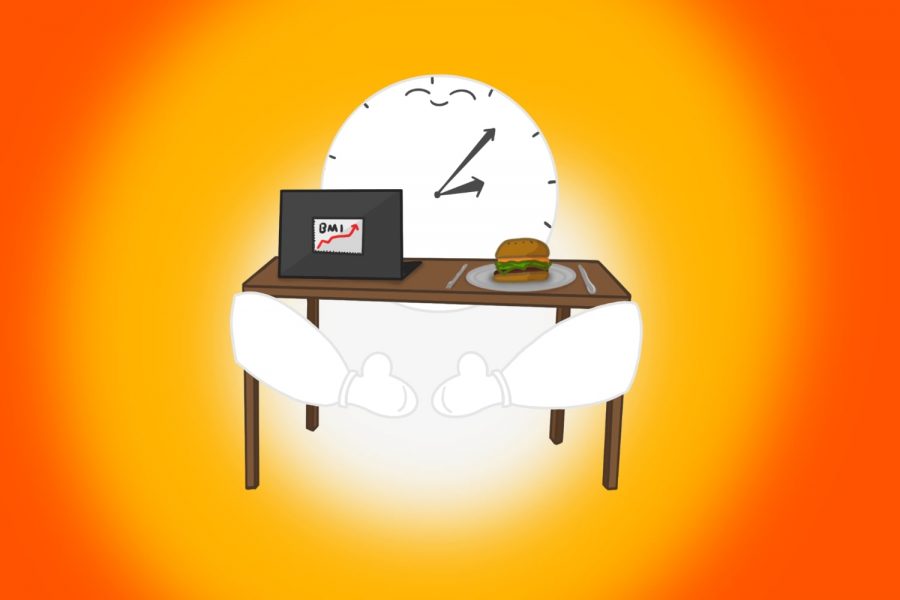Usage of devices and compulsive eating have been shown to directly relate through several studies examining BMI growth over time and calories consumed while engaging with a device compared to when not.
Obesity and Body Dysmorphia
Obesity is another result of over-indulgence of screen time in developing adolescents.
Electronic devices give children an incentive to forego exercise in their daily routines. Instead of going outside for a refreshing bike ride on a bright sunny day, several children rather choose to spend hours seated in front of their televisions or idly scrolling through social media.
This inactivity allows children to become overweight as they age.
A study within the Journal of Pediatric Psychology found a link between sedentary behavior in children and obesity. The study used 7,334 U.S. children to model the growth of their body mass index (BMI) as a result of television viewing. The results show that hours spent watching TV are positively associated with the acceleration of BMI growth from kindergarten to 5th grade.
With the amount of screen time children experience daily, they will likely turn to their pantries for a meal while using their devices.
“I use my phone when eating about 90% of the time,” Taylor said.
When performing a study, the American Journal of Clinical Nutrition found a link between increased food consumption during screen usage.
The study observed male adolescents with average BMIs under two time periods: a one-hour-long video game session and a one-hour-long period of sedentary rest. Each period was followed by an unrestricted lunch where the children could choose how much food they wanted to eat.
The study found that the boys consumed a greater amount of food after the videogame session than after the period of rest by 80 Calories.
This can greatly affect children over the course of their development. Kids who spend large periods of time playing video games will be more susceptible to an increased daily caloric intake. Over the span of multiple years, children can find themselves with an increased, unhealthy BMI.
On the flip side, social media usage has also been linked to a host of body image issues and eating disorders, as these apps can promote an unattainable standard of “attractiveness.”
“The ready availability of social media and heavy consumption of it can create unrealistic expectations of body image,” Garrison said.
Especially with the surge of modern social media influencers, children are more likely to compare themselves with “objectively” perfect models. Upon seeing discrepancies between their appearance and that of models, kids can begin to harbor pessimistic thoughts about their appearance, leading them to become more self-conscious in public environments and even partake in unhealthy habits like restrictive eating and over-exercising.
According to a survey conducted by the YMCA on behalf of the Be Real Campaign, 52% of adolescents are worried about their appearance, with 30% admitting to isolating themselves over body-image anxiety.
“With everyone looking like a model on social media, it’s easy to become self-conscious,” Taylor said.
With screen time’s connection to the potential for both obesity and eating disorders, teenagers risk feeling dejected about their appearance, creating feelings of seclusion and unhealthy habits that are carried with them into adulthood.

